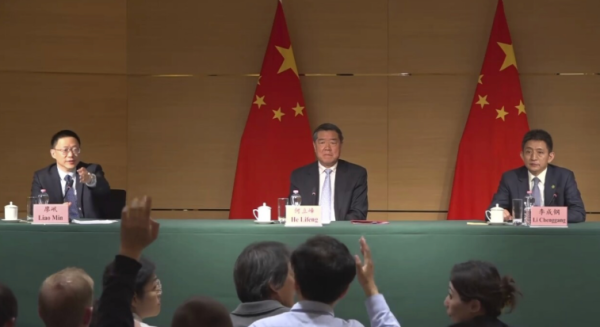Understanding the Impeachment Process
Recent developments in American politics have resulted in some confusion among the general population. The impeachment of the 45th President of the United States, Donald Trump has been initiated. However, it must be made clear that this does not mean that he is no longer in office or out of his position of power. As of now, he is still committed to his full duties as president. Hopefully, this simplistic telling of the steps of the impeachment process should clear the confusion and help Americans know where we are in the midst of this issue.
So far in America’s history, four presidents have faced the impeachment process, but none lost their position in office: Andrew Johnson was impeached but wasn’t removed thanks to a single vote; Richard Nixon had articles against him but resigned before further action; Bill Clinton also had impeachment charges but was acquitted. Therefore, judging from history, just because a president has been brought under impeachment articles doesn’t mean that they are out of office.
To put it simply, the impeachment process starts to work once the president is accused of wrongdoing. The charges listed are known as the articles of impeachment. The whole process begins with the House of Representatives, wherein President Trump’s case, House Speaker Nancy Pelosi officially announced an impeachment inquiry. The full House must then vote to authorize this. For Trump, the United States House Intelligence Committee investigated into the matter, and then the Judiciary Committee, whom the House Intelligence Committee turned the investigation over to, came up with two articles: abuse of power and obstruction of Congress. Once the full House ends up with a majority vote to approve the articles, the president is considered impeached. However, there is still the trial that must take place, this time in the Senate, in order to determine whether or not the president should be removed from office. If the trial finds the president innocent, all articles and charges are dropped and he/she resumes his/her position. If the results prove the president guilty, then he/she is officially removed from power.
As of now, the Senate trial has yet to take place for President Trump, so he is still in full power as President. The whole process began as a result of the controversial exchange that President Trump had with the president of Ukraine in having the European country investigate Joe Biden, a political opponent for Trump. In addition, according to a senior administration official, Mr. Trump had $400 million in military aid withheld from Ukraine during this exchange. Controversy surrounding this issue has been growing steadily leading up to the event of impeachment and culminated with Pelosi announcing the opening of the process on September 24, 2018.
Due to the major implications of impeachment, there has been much talk not just among America’s politicians, but with the general American public as well. Due to this, it is imperative that today’s Americans effectively understand exactly what impeachment means.
Your donation will help support The Lambert Post, Lambert High Schools student-run newspaper! Your contribution will allow us to purchase equipment and cover website hosting costs.







